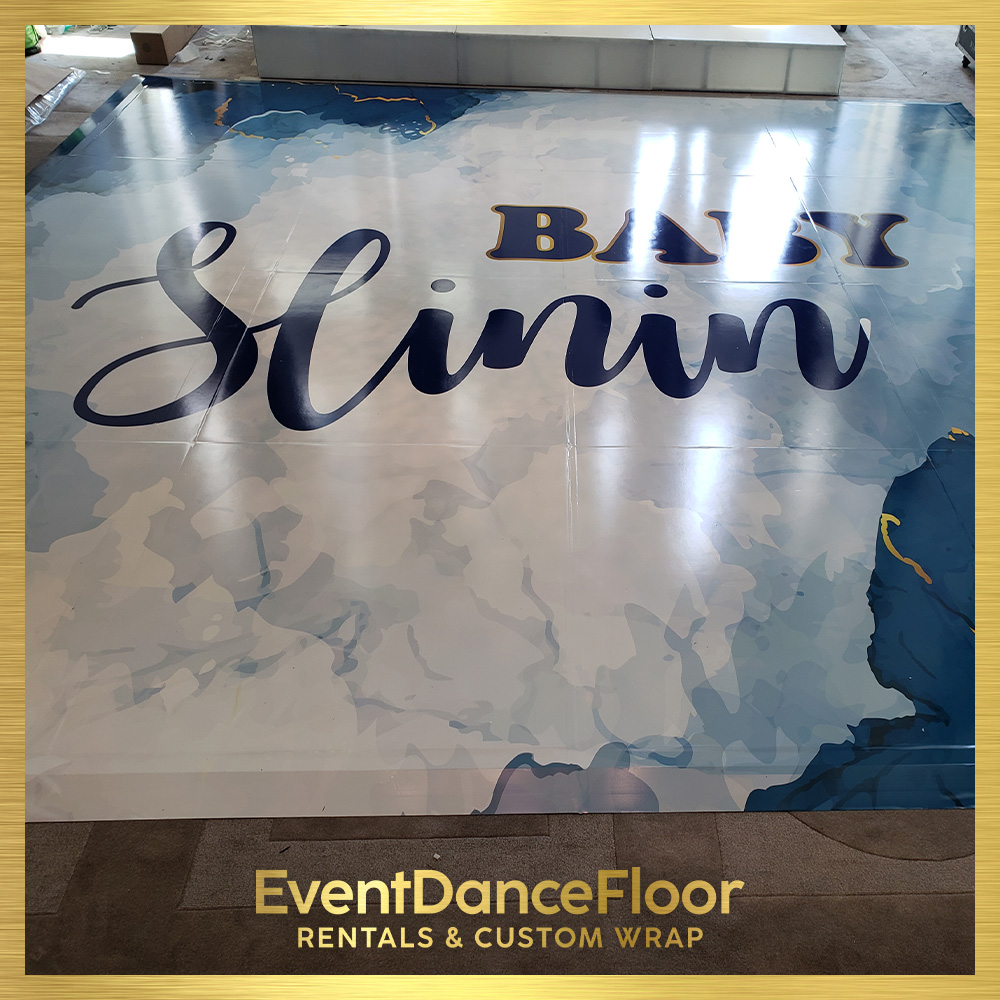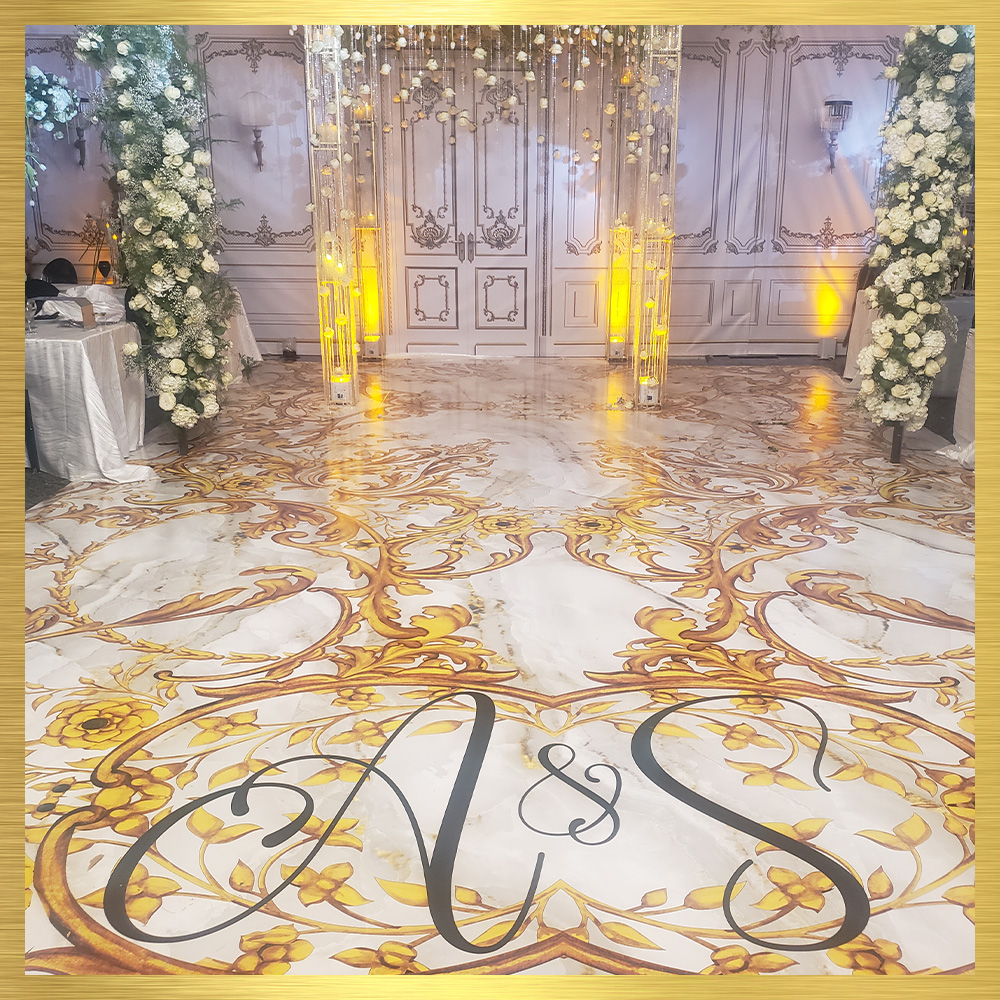Frequently Asked Questions
What are the dimensions and weight capacities of different types of dance floors available for rent?
Dance floors available for rent come in various dimensions and weight capacities to accommodate different events such as weddings, corporate functions, and dance competitions. Common sizes range from 12x12 feet to expansive options like 40x40 feet or larger, providing versatility for both intimate gatherings and grand celebrations. The materials used in these portable dance floors often include hardwood, vinyl, or laminate surfaces designed to enhance grip while ensuring sufficient cushioning for dancers' comfort. Weight capacities can vary significantly; typically, a standard rental floor may support around 300 pounds per square foot due to reinforced construction techniques that ensure durability during high-energy performances. Customization options allow clients to specify unique shapes or configurations tailored to their venue's layout requirements while maintaining safety standards essential for dynamic dance styles such as ballet, salsa, jazzercise, or hip-hop routines.
Weather conditions significantly impact outdoor dance floor installations, necessitating careful planning and precautions to ensure safety and functionality. Factors such as humidity levels can affect the traction of flooring materials, while rain poses a risk of water accumulation that may lead to slippery surfaces or structural damage. Extreme temperatures might cause expansion or contraction in composite materials, potentially compromising stability. Wind gusts could destabilize temporary structures like tents covering the dance area, making it essential to secure them adequately with weights or anchors. Additionally, monitoring for inclement weather forecasts is crucial; implementing waterproofing measures and using non-slip coatings can enhance performance under varying climatic conditions. Proper drainage systems should also be considered during installation to mitigate pooling issues after precipitation events. Overall, thorough site assessments and ongoing maintenance are vital for maintaining an optimal dancing environment outdoors amidst fluctuating weather patterns.
For various styles of dancing, selecting the appropriate flooring is crucial to enhance performance and prevent injuries. For ballroom dancing, hardwood floors are often recommended due to their smooth surface that allows for easy gliding and controlled footwork; options like maple or oak provide both elegance and durability while accommodating intricate dance movements. In contrast, hip-hop requires more forgiving surfaces such as vinyl or rubber flooring which offer necessary cushioning for dynamic jumps and rapid directional changes typical in street dance styles. Additionally, sprung floors can be beneficial across multiple genres by absorbing impact and reducing strain on dancers' joints during extensive rehearsals or performances. Therefore, understanding the specific demands of each dance style leads to optimal flooring choices that support technique while ensuring safety on the dance floor.
The typical lead time required to secure a dance floor rental for large-scale events usually ranges from three to six months prior to the event date. This timeframe allows event planners and coordinators ample opportunity to research various rental companies, compare pricing, assess available options such as portable flooring solutions or custom configurations, and finalize contracts that include delivery logistics and setup details. During peak seasons or for popular venues, it may be prudent to extend this lead time even further, ensuring access to high-quality materials like hardwood or vinyl surfaces that meet specific aesthetic requirements. Additionally, considering factors such as installation timelines and potential weather-related challenges can influence the decision-making process regarding when reservations are made. Overall, early planning is essential for securing an optimal dance floor solution tailored specifically for weddings, corporate galas, fundraisers, or other significant celebrations where guest experience is paramount.
Many rental companies offer customizable options for dance floors, allowing clients to tailor the design and color to seamlessly align with their event theme. Through a variety of finishes, such as glossy or matte surfaces, and an extensive palette of hues ranging from vibrant shades to muted tones, attendees can create a visually cohesive atmosphere that enhances the overall aesthetic. Furthermore, some providers may even accommodate bespoke graphic designs or themed patterns that resonate with specific motifs like rustic charm or modern elegance. By incorporating LED lighting features or projected visuals on the dance floor surface itself, hosts can further elevate the ambiance while ensuring it complements other decor elements like centerpieces and table settings. Ultimately, these customization options transform standard rental solutions into unique experiential highlights tailored specifically for weddings, corporate galas, birthday celebrations, and other special occasions.

